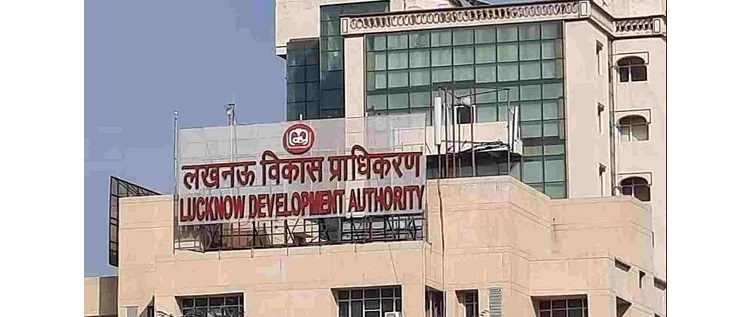- Net absorption growth rate may taper- Corporate real estate leaders are moving towards framing workplace strategies defined to optimize space usage and people's performance. As per Colliers International India research, the average area of an office lease in India has declined by 18% from 45,200 sqft in 2016 to 37,100 sq feet in 2018, despite leasing at an all time high in last 8 years. Although the number of transactions has increased, this development suggests shrinking workplaces as a result of increased efficiencies with improved per sq foot occupancy. We expect net absorption to increase YoY, albeit at a slower pace against the backdrop of growing need for workspace efficiency and cost effectiveness.
- REIT listing to create real estate history- The success of REITs is directly proportional to the appetite of international investors for Indian REITs as well as demand from domestic institutional investors such as insurance companies and mutual funds. The amount of excess return offered by REITs compared to Indian government securities, along with the liquidity in REITs after their listing will decide their fates. Colliers International expects REITs to be a game changer, bringing in professional management, data transparency and international standards to income-yielding commercial assets. We recommend developers to focus on building premium quality investable grade stock to capitalize on the asset monetization option offered by REITs.
- Peripheral locations to witness increased activity- Overburdened infrastructure and low vacancy in quality developments in established business districts are pushing occupiers and developers to shift their focus to peripheral locations. Colliers anticipates that peripheral locations, such as North Bengaluru in Bengaluru, Golf Course Extension Road (GCER) in NCR and Navi Mumbai in Mumbai, will gain occupier interest.
- Affordable housing to remain in focus- Owing to reforms such as Real Estate Regulatory Authority (RERA) and the Insolvency and Bankruptcy Code amendment (IBC), over the first nine months of 2018, the residential market saw increased new launches, with the number touching about 150,000 units across seven major cities. Developers are more aware of the market need for affordable and mid-segment housing, since out of the overall residential units launched about 45% belong to the affordable segment alone.Investors are rapidly looking at alternative residential assets, which provide better yields. As of now, the residential yield across the top Indian cities is in the range of 2%-3%. Hence, we expect the trend of steady and higher rent generating assets like senior living, student housing and co-living to be increasingly popular in the coming years.
- Warehousing and logistics to see increased interest by developers and investors-The logistics sector has received a much-needed boost from the government in the form of infrastructure status and the implementation of the Goods and Services Tax (GST). India’s position has moved up in the World Bank Logistics Performance Index, in terms of overall logistics performance from 54 in 2014 to 35 in 2016. The granting of infrastructure status to the logistics sector has enabled companies to access lower cost credit, with longer tenures and enhanced limits. The GST benefited the sector by eliminating a patchwork of state-by-state boundaries and making way for the cost-effective Hub & Spoke Model of logistics operations.
- Sustainable developments will gain attention- The government is providing a flurry of incentives to developers, such as development charges rebates, higher floor-area-ratios (FAR) and reduction of property taxes. We expect the green building segment to grow hand-in-hand with initiatives like 100 smart cities, which is an urban renewal and retrofitting programme by the government of India with the mission to develop 100 cities across the country making them citizen friendly and sustainable.
- Data centre regulation to boost demand-Following the liberalisation of the country’s economic policies, there has been a growing need to develop complementary infrastructure to sustain and support this growth – especially cloud-based services which not only cater to the robust domestic and international IT demand but also help in easy implementation of e-governance initiatives. As technology aims to transform the way industries and governments work, it also encompasses issues of data security and privacy. As the development of data centres has a role in shaping the economy, India is likely to bring forth a data protection policy in early 2019.



















